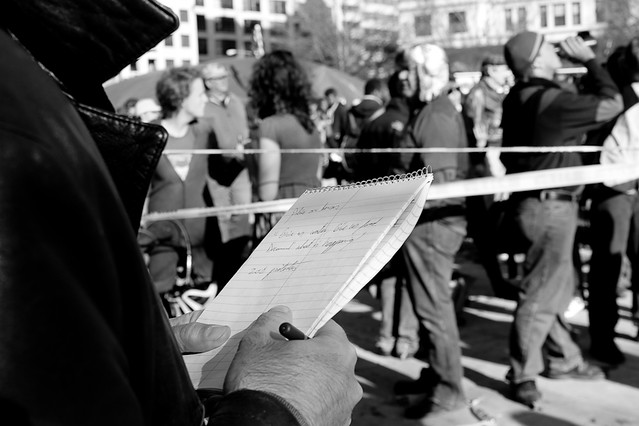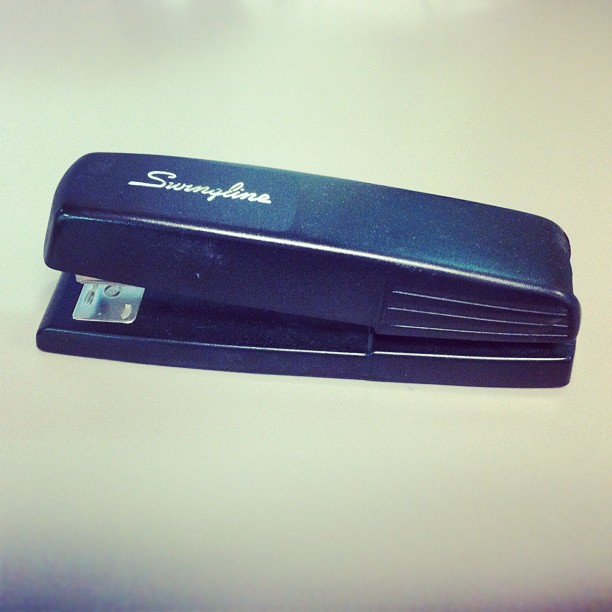I advocate writing in coffee shops. Not only is everything better with coffee, but the combination of caffeine and background noise is ideal for concentrating on your work.
I wrote Murder in Ocean Hall in a coffee shop. I reported every morning, as if I was going to work, and sat there writing away from 8-12, telling myself that I was not allowed to leave until my time was up.
I aimed for 2000 words a day but most of the time wrote 1100 or so. But the important thing was to be there, to be present, and to keep going.
Why are coffee shops so productive for writers? A recent New York Times article says it’s all about the background noise:
In a series of experiments that looked at the effects of noise on creative thinking, researchers at the University of Illinois at Urbana-Champaign had participants brainstorm ideas for new products while they were exposed to varying levels of background noise. Their results, published in The Journal of Consumer Research, found that a level of ambient noise typical of a bustling coffee shop or a television playing in a living room, about 70 decibels, enhanced performance compared with the relative quiet of 50 decibels.
The article goes on to profile Coffitivity, a web site that provides the sounds of a busy coffee house anywhere.
But it’s not just sound that makes coffee shops productive places. When I would report to Caribou (and I thought of it that way – reporting to work), seeing all those people all typing away on laptops made me think that I better get to work. Call it peer pressure or socialization. Seeing others work made me think that I better get to work. I better start working on that novel.
And don’t underestimate the power of caffeine. It’s not alcohol that makes writers – it’s coffee, with the cheery, well-focused buzz it gives you. Coffee houses have given birth to sprawling novels, symphonies and Western Civilization. Not bad for a simple bean.
When people ask me how to write a novel, I tell them to go to a coffee shop. My advice:
- Pick a store populated with grad students or freelancers – you want lots of people sitting alone at tables, with a minimum of talking.
- Slow or no wifi is a good thing, because you’re supposed to be writing.
- Put yourself on a schedule and commit to it.
- Reward yourself with as much coffee as you want.
Habit is a powerful thing. If you spend one hour a day writing, imagine how much you could accomplish in a year. Plus, you get to drink coffee. Writing and drinking coffee – is there any better way to spend your time?





